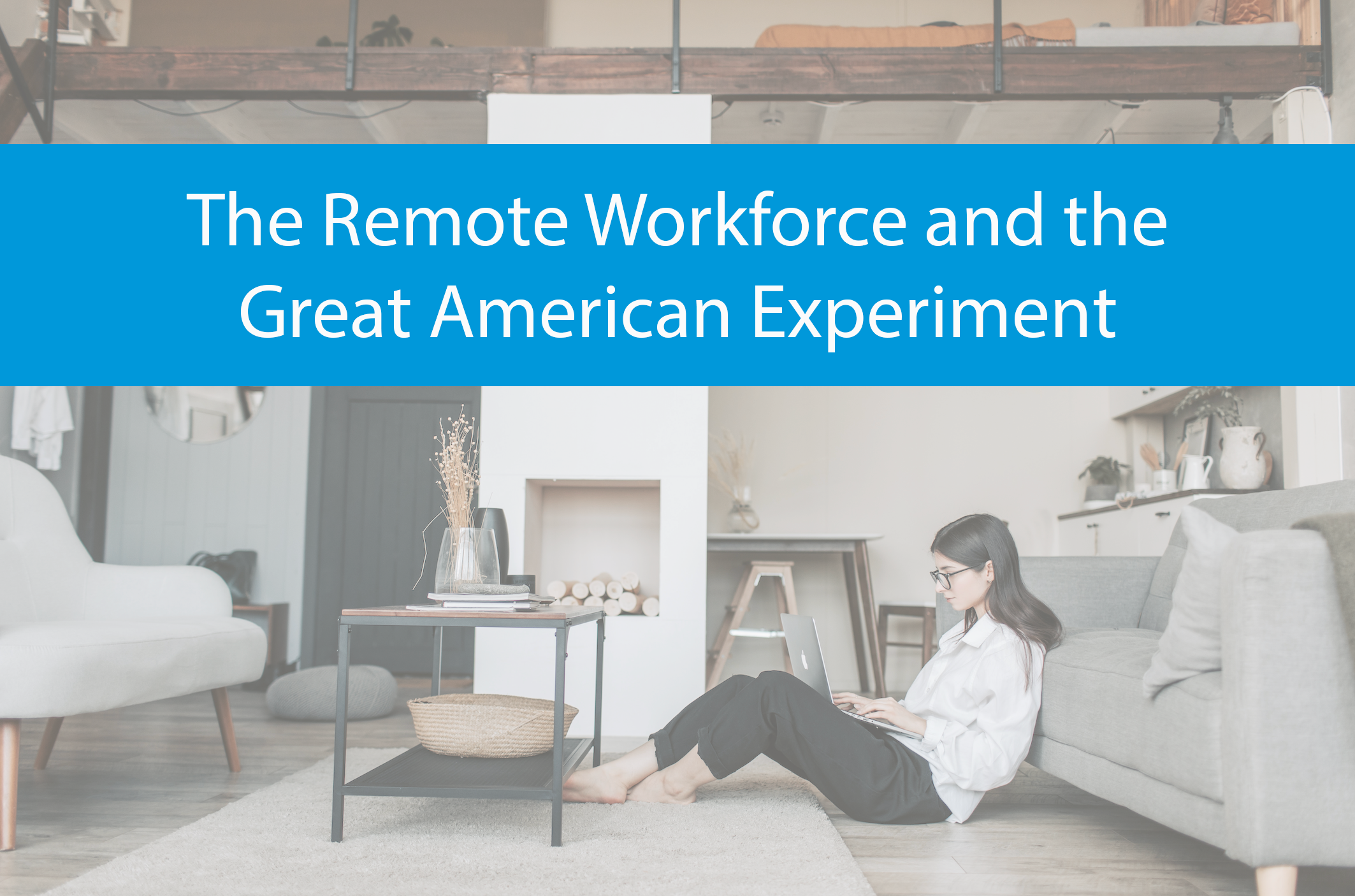When companies scrambled to create a remote work model amidst the COVID-19 shutdown, the great American experiment began. Many companies prior to the shut down were curious if the remote work model would work for them. Would their employees be productive? Would they be able to attract and retain top talent? Can we maintain a remote work model long term? As we enter into our 4th month of the great American experiment, we decided to take a deeper look at the remote workforce and if it’s working or not.
Remote work sounds trendy, but it is here to stay. According to GetApp, the number of people who work remote at least once per week has grown by 400% since 2010. Additionally, a study by Buffer, found that 99% of people would choose to work remotely at least part-time, for the rest of their careers. In addition, one of the biggest challenges employers faced was the war on talent and having to hire local or relocate new hires to fill vacancies. Now, due to the increased numbers of remote workers the global workforce is up for grabs, professionals can work from anywhere in the world. This facilitates a company’s workforce to be diverse and balanced.
Over the past 3 months, employees are reporting to be more productive and overall happier than they were working in the office full time. However, there are also many challenges for the remote worker. A study by Buffer, found that 22% of remote employees reported that they have trouble unplugging after work and 19% of remote employees reported that loneliness was their biggest challenge. Both of these challenges can be addressed by utilizing platforms, such as Pukkateam or Sneek, that provide an “in-person” like experience to your teams.
What can be expected in months to come
Hiring and training new employees for companies who have never supported a 100% remote workforce model will be a challenge.
The death of the desktop computer. Companies will make sure all employees moving forward are supported with applicable software and mobile devices so they can do their job anywhere.
“Safe collaboration spaces” will start to trend in commercial real estate. Companies will focus on in-person collaboration spaces that their employees can utilize. Many companies are offering $1000 per employee to set up a home office.
Companies will start to carry less deadweight. Effort and contribution of individual employees will be more noticeable than ever before.
The overall consensus is that some companies will move to a 100% remote workforce, but most companies will work to create a “hybrid” approach which will allow some employees to work permanently remote, or all employees to work remotely for a part of the time. In order to hire top talent, companies will need to have a concise plan in place, as current research estimates that 57% of the workforce will not be willing to come into an office.
Time will tell if the reduction in on-site employees will balance out the need to increase distance between people in the workplace. The answer to these questions will determine the amount of office space needed long-term.
Links to sources:





